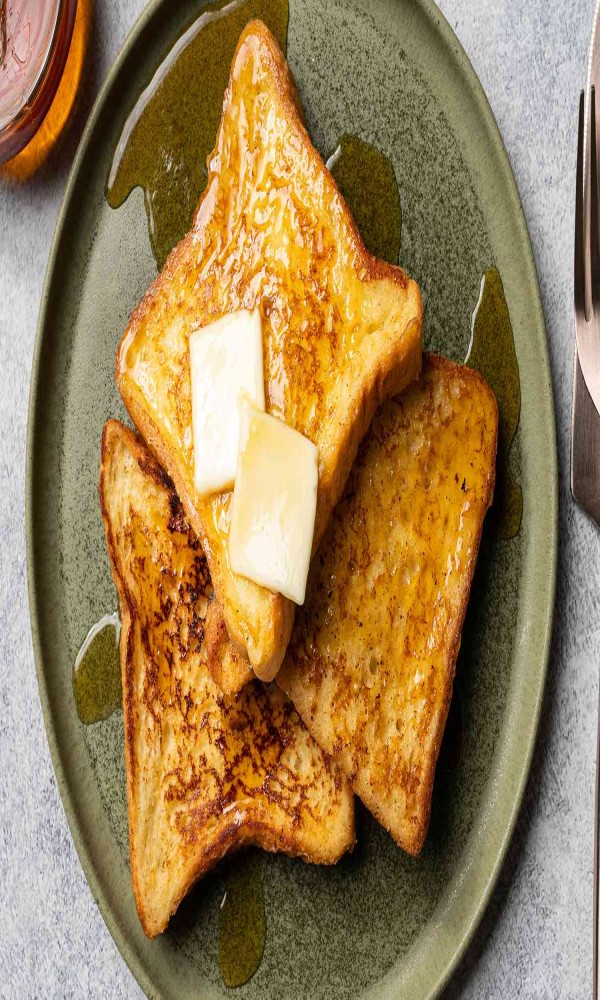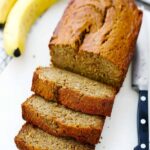French toast, a timeless breakfast classic, is the perfect way to elevate leftover bread into a delightful morning treat. This recipe is incredibly simple to follow, requiring minimal ingredients and prep time.
Understanding French Toast

French toast, also known as pain perdu (meaning “lost bread” in French), is a dish made from stale bread soaked in a custard mixture of eggs, milk, and spices, then pan-fried until golden brown. The result is a fluffy, eggy interior with a crisp, caramelized exterior. French toast variations can be endless, incorporating different breads, flavorings, and toppings.
This recipe focuses on a basic French toast preparation, perfect for beginners or those seeking a quick and delicious breakfast.
Why You’ll Love This Recipe
Simple Ingredients: This recipe requires only a handful of pantry staples, making it a budget-friendly and accessible option.
Ingredients (Serves 2)
2 slices thick-cut bread (brioche, challah, French bread, or Texas toast all work well)
Optional Add-Ins:
1 teaspoon vanilla extract
Detailed Instructions
1. Prepare the Custard: In a shallow bowl or dish, whisk together the eggs, milk, sugar, cinnamon (if using), and nutmeg (if using) until well combined. The mixture should be smooth and slightly frothy.
2. Heat the Pan: Melt the butter over medium heat in a large skillet.
Pro Tip: If your pan has a tendency to stick, using a non-stick skillet is recommended for easier flipping.
3. Prep the Bread: While the pan heats up, dip each bread slice into the custard mixture, ensuring both sides are evenly coated. Let the bread soak for a few seconds, allowing the custard to saturate the bread without becoming soggy.
Avoid Over Soaking: Overly saturated bread will become mushy and difficult to handle. Aim for a light coating that allows the bread to retain some structure.
4. Cook the French Toast: Carefully transfer the soaked bread slices to the preheated pan. Cook for 2-3 minutes per side, or until golden brown and cooked through.
Watch for Browning: Keep an eye on the French toast to avoid burning. Adjust the heat if necessary to achieve a golden brown color without burning the bread.
5. Serve Immediately: Transfer the cooked French toast to serving plates. Serve hot with your desired toppings, such as maple syrup, powdered sugar, fresh fruit, whipped cream, or a combination of your favorites.
Additional Tips:
For a richer flavor, use heavy cream instead of milk in the custard mixture.
Nutrition Facts (per Serving)
This recipe’s nutritional information will vary depending on the specific type of bread and toppings used. Here’s an approximate breakdown for a basic French toast serving with 2 slices of white bread, whole milk, and maple syrup:
Calories: 400-500
Please note: This information is for informational purposes only and should not be considered a substitute for professional dietary advice.


